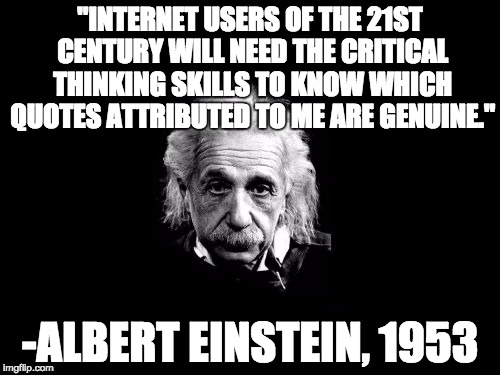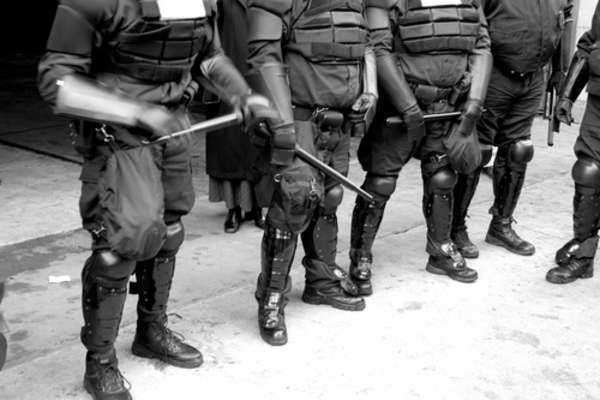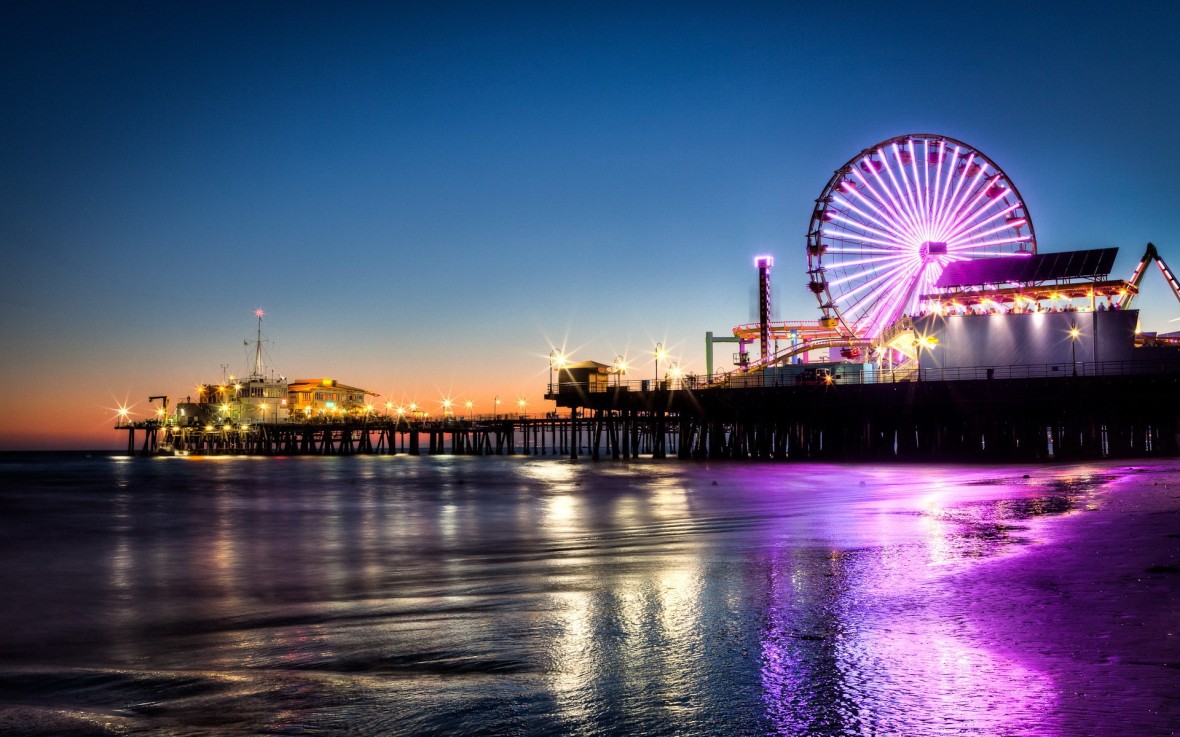I decided to enroll in this course because I thoroughly enjoy analyzing films and novels. I also appreciated that this class focused on works of fiction in the Los Angeles area. Moving to California from the East Coast, I was not overly familiar with the city. Throughout this semester, I discovered a lot of versions of Los Angeles. Some of the perspectives that writers or directors took on the city surprised me. Many of the text we analyzed portrayed a much darker Los Angeles than, for example, LA LA Land. Also, Los Angeles in Film and Fiction revealed a strong correlation between critical thinking and academic research. After the initial introduction to the material, such as a film, one can formulate their own thoughts and then further their understanding of the material by researching it further. Chapman has wonderful resources for academic research in Leatherby Library and its online database. This process was never more prevalent for me than after watching Mulholland Drive by David Lynch. Mulholland Drive was a complicated film that had numerous layers to it. First, I considered various scenes and thought about what I believed Lynch was trying to convey. Then, I read articles and video essays analyzing what others believed those scenes represented. Observing the thought process of others expanded my point of view. Observation shaping or challenging my ideas was common in class as well. Listening to my peers helped me see the texts we read or the films we watched in a new context. It was my classmates that encouraged me to rethink my initial thoughts and dig deeper into the meaning of the material. The pieces we studied have layered my thoughts on Los Angeles and helped me see it as more dynamic than I originally pictured. Now, I think it is a difficult city to read because it, and the people living in Los Angeles, are constantly adapting to the ever changing world.
I loved a lot of the films we watched for this class, and going to The Frida made the experience of watching them so much better! One of my favorites was Sunset Boulevard because it is not only a great noir, but every character is interesting and compelling. Another great movie was Drive. That film was dark and bold, unafraid to take risks with wonderful actors often playing quiet, but strong characters. Although Mulholland Drive frustrated and even infuriated me at times, I came to have a great respect for the depth and attention to detail in that film.
Thanks for a great semester everyone!















